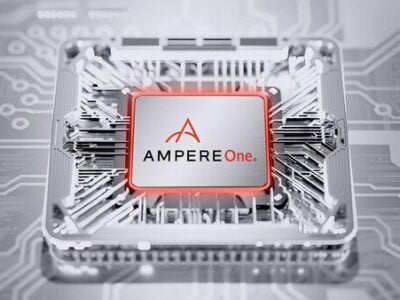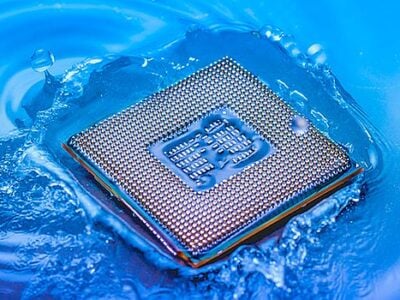
Tsinghua Unigroup creditors call for restructure
The company is 51 percent owned by China’s Tsinghua University, the means by which it could be directed by the state, and has grown over the last 10 years by a series of acquisitions that have been costly but have not produced substantial revenue.
In June 2020 Tsinghua Unigroup had debts of $31 billion and only $8 billion of cash, Reuters quoted the company saying. By the end of the year Tsinghua had defaulted on bonds worth about $3.6 billion.
If the company has to be dismantled it may be seen as a failure of Chinese state execution of its policy of moving towards national autonomy in semiconductors.
The company has spent extremely large sums of money in a process of aggregation but without achieving significant sales. In 2013 and 2014 the company acquired two early Chinese pioneers of cellular communications Spreadtrum Communications and RDA Microelectronics, now known as Unisoc. In 2015 the company floated the idea of a $23 billion bid for Micron Technology Inc. (Boise, Idaho). The idea was quickly rejected by the US and may be seen as the start of a US backlash against China’s rising capability in semiconductors.
In 2016, Tsinghua Unigroup founded Yangtze Memory Technologies Co (YMTC), as an IDM memory subsidiary. It has also invested billions of dollars in a data networking company formerly owned by Hewlett Packard and in a French company Linxens that makes RFID antennas, smartcards and microconnectors.
Related links and articles:
News articles:
China catching up in 3D-NAND flash race
China’s Unigroup plans to spend $60 billion, says report
Tsinghua Unigroup forms DRAM business unit
 If you enjoyed this article, you will like the following ones: don't miss them by subscribing to :
eeNews on Google News
If you enjoyed this article, you will like the following ones: don't miss them by subscribing to :
eeNews on Google News




